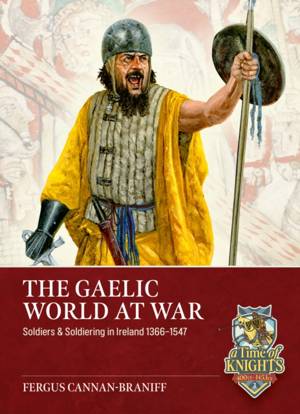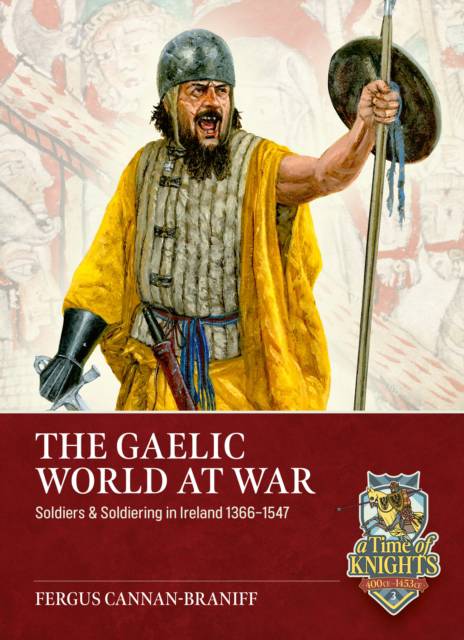
- Afhalen na 1 uur in een winkel met voorraad
- Gratis thuislevering in België vanaf € 30
- Ruim aanbod met 7 miljoen producten
- Afhalen na 1 uur in een winkel met voorraad
- Gratis thuislevering in België vanaf € 30
- Ruim aanbod met 7 miljoen producten
Zoeken
€ 34,95
+ 69 punten
Omschrijving
It has long been customary for historians to dismiss medieval Irish and Scottish soldiers as outmoded and poorly equipped. From the time of the Statutes of Kilkenny down to the death of Henry VIII, The Gaelic World at War challenges those assumptions head-on by examining the methods of military organisation, training, armament, and tactics followed by late medieval Irish leaders.
Gaelic military leaders were not as isolated from the European mainstream as has often been believed. Irish and Scottish soldiers may have been better trained, selected, and equipped than previously thought. Gaelic armies embraced many of the trends occurring in Western Europe. Rather than being backward and isolated, Gaelic armies recognised that the world was changing around them and that they needed to keep pace with those changes.
Drawing on a broad range of sources, The Gaelic World at War will appeal to reenactors, model-makers, and scholars, providing a fresh perspective on the soldiers of late medieval Ireland.
Gaelic military leaders were not as isolated from the European mainstream as has often been believed. Irish and Scottish soldiers may have been better trained, selected, and equipped than previously thought. Gaelic armies embraced many of the trends occurring in Western Europe. Rather than being backward and isolated, Gaelic armies recognised that the world was changing around them and that they needed to keep pace with those changes.
Drawing on a broad range of sources, The Gaelic World at War will appeal to reenactors, model-makers, and scholars, providing a fresh perspective on the soldiers of late medieval Ireland.
Specificaties
Betrokkenen
- Auteur(s):
- Uitgeverij:
Inhoud
- Aantal bladzijden:
- 104
- Taal:
- Engels
- Reeks:
Eigenschappen
- Productcode (EAN):
- 9781804518328
- Verschijningsdatum:
- 28/02/2026
- Uitvoering:
- Paperback
- Formaat:
- Trade paperback (VS)
- Afmetingen:
- 180 mm x 249 mm

Alleen bij Standaard Boekhandel
+ 69 punten op je klantenkaart van Standaard Boekhandel
Beoordelingen
We publiceren alleen reviews die voldoen aan de voorwaarden voor reviews. Bekijk onze voorwaarden voor reviews.








